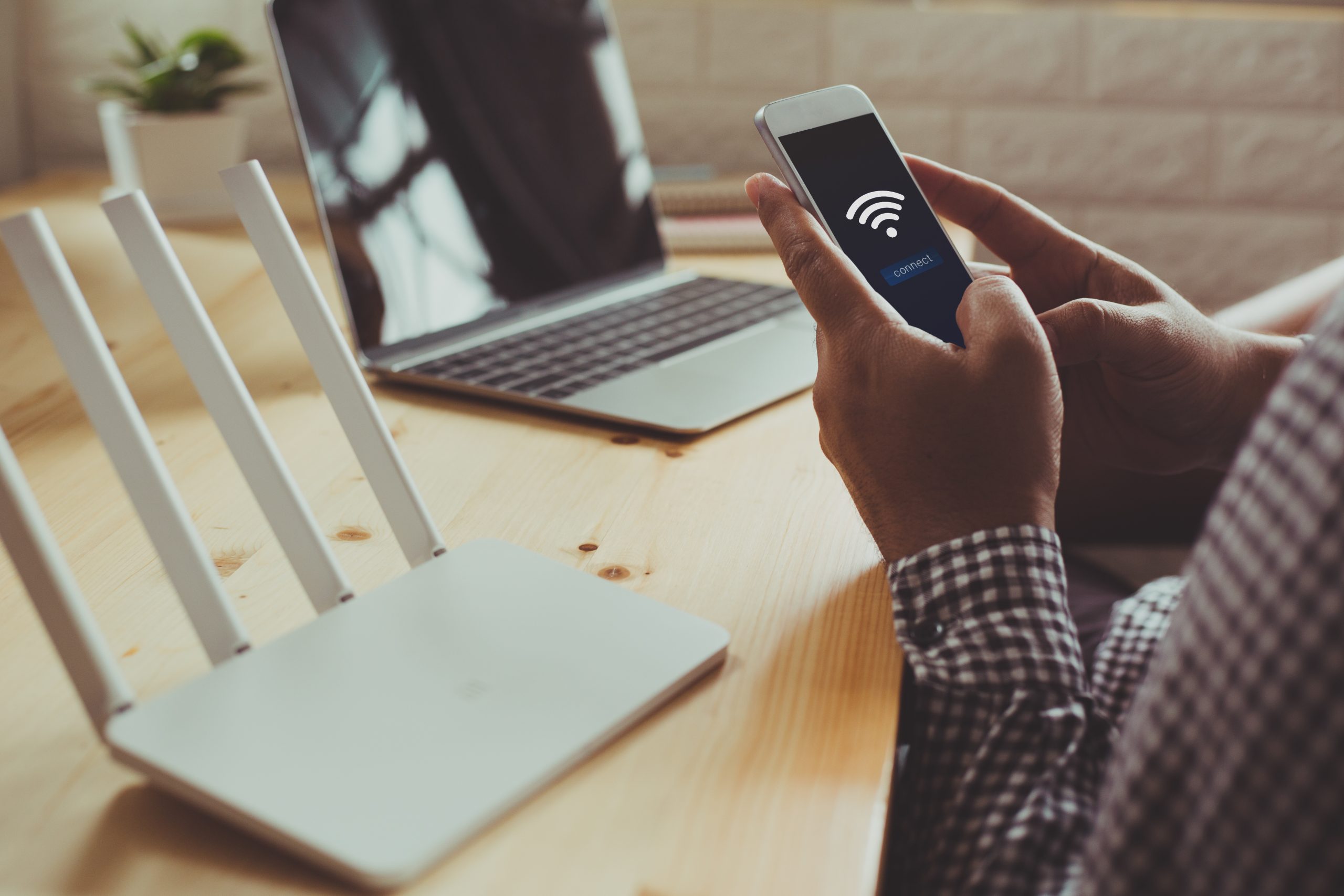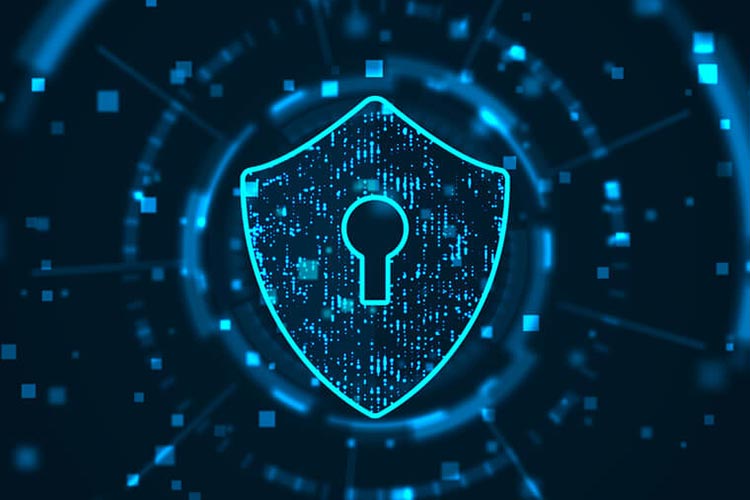
- tonibennett
- March 19, 2023
- No Comments
The tell-tale signs your router may be hacked.
“Hackers who get a hold of and use your wi-fi connection could take complete control over your computer,”
“They’ll then transfer your data to themselves for future use or sell it on the dark web to the highest bidder.”
Simple steps – complex passwords, antivirus software, or VPNs – could keep router users safe from hacking schemes.
Here are 10 warning signs that your Wi-Fi connection may have been hacked:
- Slow internet speeds:
If your internet speed has suddenly decreased, it could be a sign that someone else is using your Wi-Fi network. - Unauthorised devices on your network:
Check the list of connected devices on your router to see if any unknown devices are connected to your Wi-Fi network. - Changes to your network settings:
If you notice changes to your Wi-Fi network name, password, or other settings, it could be a sign that someone has gained access to your router. - Unusual network activity:
If you notice unusual network activity, such as large file transfers or unexpected connections, it could be a sign of a breach. - Pop-ups and advertisements:
If you start seeing an unusual number of pop-ups or ads, it could be a sign that your computer or device has been infected with malware. - Unexplained data usage:
If you notice an increase in your data usage, it could be a sign that someone is using your Wi-Fi network without your knowledge. - Problems accessing certain websites:
If you are suddenly unable to access certain websites, it could be a sign that your router or network has been compromised. - Antivirus alerts:
If your antivirus software alerts you to potential security threats, it could be a sign that your Wi-Fi network has been hacked. - Suspicious emails or messages:
If you receive suspicious emails or messages, it could be a sign that your accounts have been compromised. - Unexplained account activity:
If you notice unusual activity on your online accounts, such as unauthorised purchases or logins, it could be a sign that your Wi-Fi network has been hacked.
If you notice any of these warning signs, it is important to take immediate action to secure your Wi-Fi network and devices.



Here are 10 simple steps you can take to protect your Wi-Fi router from hackers:
- Change the default admin login credentials:
The default login credentials are often easy to guess or publicly available, so change them to a strong, unique username and password. - Use a strong Wi-Fi password:
Choose a strong password with a mix of upper and lowercase letters, numbers, and symbols. Avoid using common words or phrases. - Enable WPA2 encryption:
Wi-Fi Protected Access 2 (WPA2) is a strong encryption method that secures your wireless network. - Disable WPS:
Wi-Fi Protected Setup (WPS) is a security vulnerability that can be exploited by hackers, so disable it on your router. - Change the SSID:
The SSID is the name of your wireless network. Changing it can make it more difficult for hackers to identify your network. - Disable remote management:
Unless you need to access your router remotely, disable remote management to prevent unauthorised access. - Enable firewall protection:
Most routers come with a built-in firewall that can help protect your network from external attacks. - Keep your router’s firmware up to date:
Regularly check for firmware updates and install them to ensure your router is protected from known vulnerabilities. - Turn off unused features:
Features such as guest networks or USB ports can create additional security risks. Disable them if you don’t need them. - Limit physical access:
Place your router in a secure location and limit physical access to prevent unauthorised users from accessing it.
Following these steps can significantly reduce the risk of your Wi-Fi network being compromised by hackers.
- Tags:
- Blockchain
- Cyber Security